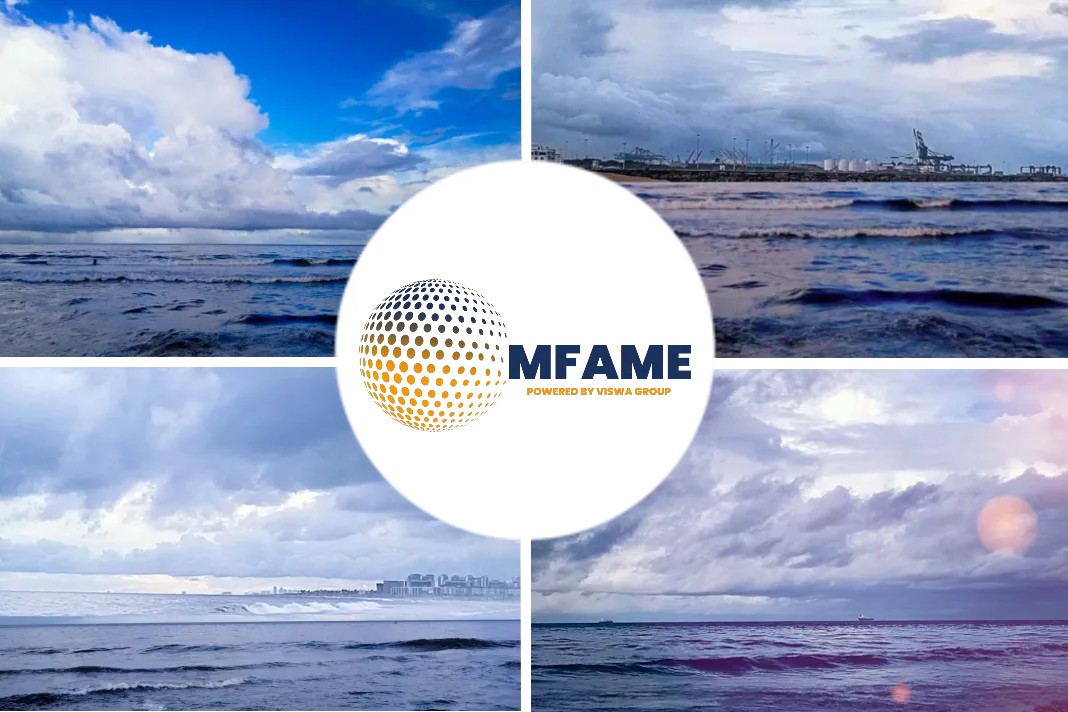Decarbonisation and digitalisation are the two biggest challenges the shipping industry is tackling, outside of warzones and piracy.
And what is great for shipowners, is these go hand in hand, with one enabling the other, reports Riviera Maritime Media.
Need to reduce emissions
The industry is coming under increasing pressure to reduce emissions through whatever means it can as the world tackles climate change.
Using shipping itself is a way to reduce transport emissions, as it is the most cost-effective method of moving bulk goods around the world. Over 90% of world trade in goods is transported on ships.
The huge growth in container shipping has increased freight capacity and inland waterways are taking more loads from road and rail.
But these vessels must demonstrate lower emissions to supply chains and consumers. Shipowners will also need to comply with IMO’s upcoming Carbon Intensity Indicator (CII) regulation and the index of energy efficiency on existing ships (EEXI).
Maritime digitilization is supercharged
Until low-carbon or zero-carbon alternative fuels are available, shipowners will be driven to improve efficiency year-on-year through using digitalisation and operational insight, as owners can only reduce what they can measure.
Maritime sector digitalisation has been supercharged in recent years, sparked by the need to remotely manage operations and invest in more efficient, streamlined processes and systems, driven by data.
This data comes from variety of sources and timescales, such as monthly or weekly downloads, daily noon reports or information in real time.
IoT on ships is becoming a reality
Internet of things (IoT) on ships is becoming a reality with more sensors streaming performance and condition data through one centralised system. With this comes a dependency on reliable network connectivity and demand for increased bandwidth.
Insight can also be derived from meteorological and oceanographic information and a vessel’s speed and positioning. When mixed with information on fuel consumption, shipowners can measure their energy efficiency and improve it.
They can harness a combination of greater information solutions and network connectivity to streamline processes for increased operational efficiency, safety and transparency to charterers and other stakeholders.
Did you subscribe to our newsletter?
It’s free! Click here to subscribe!
Source: Riviera Maritime Media
















